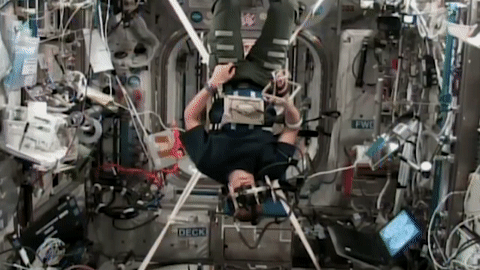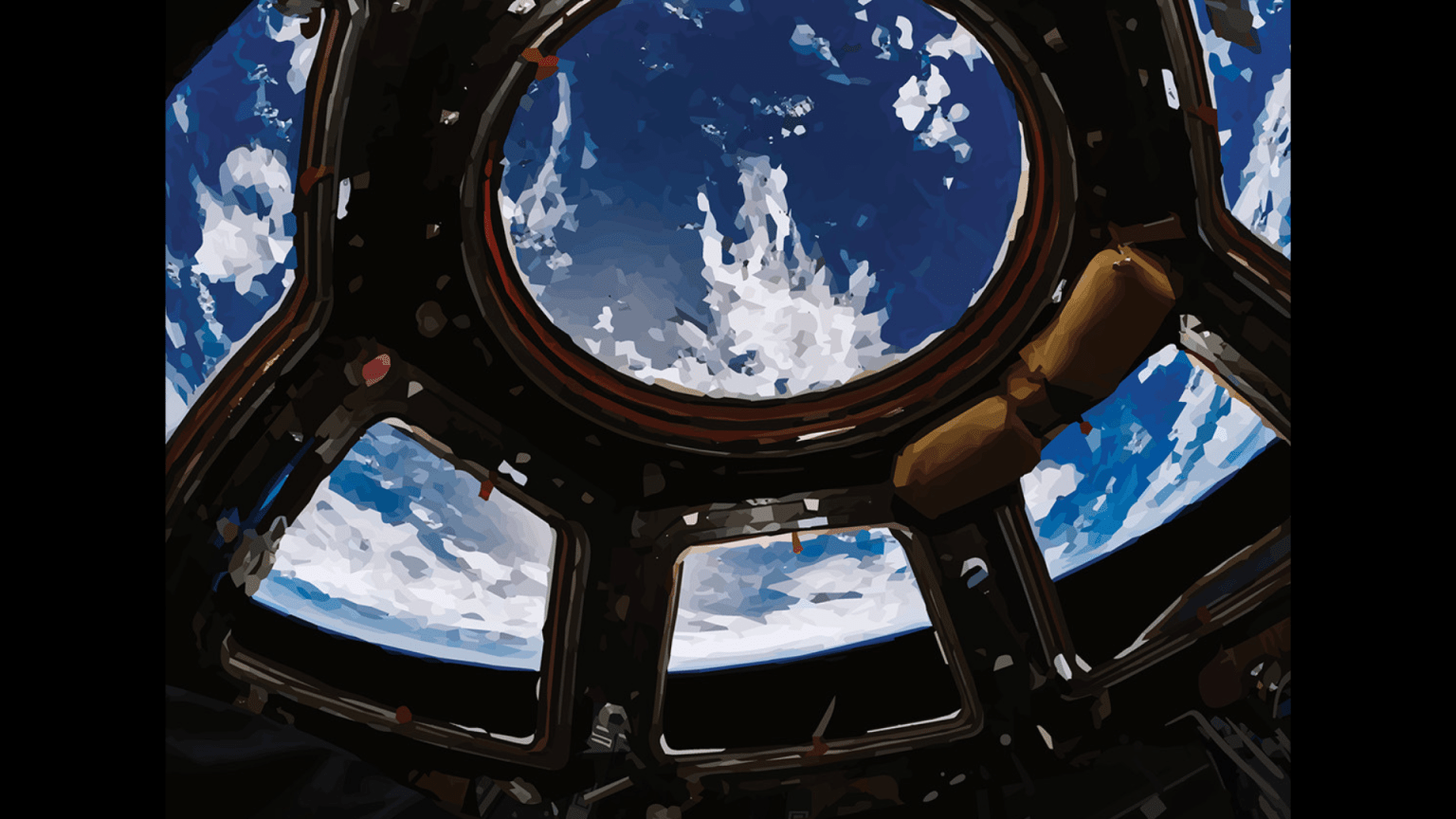Crew members aboard the International Space Station conducted scientific investigations during the week of Sept. 12 that included examining adaptation of hand movements in space, studying properties of foams and emulsions, and analyzing how fuel temperature affects flammability.
Here are details on some of the microgravity investigations currently taking place aboard the orbiting lab:
Ensuring reach does not exceed grasp
GRASP, an investigation from ESA (European Space Agency), examines how the central nervous system integrates information from different senses such as sight and hearing to coordinate hand movements. Researchers specifically seek to better understand whether and how gravity acts as a frame of reference to control reaching for and grasping an object. The absence of traditional up and down in space requires the brain to adapt, and this investigation could provide insight into how that adaptation occurs. Results could help crew members better adapt to conditions in the space station and on spacewalks. The investigation also could shed light on how to best treat loss of vestibular or balance function on Earth. Crew members performed GRASP protocol sessions in seated, supine, and free configurations during the week.
Stabilizing foams and emulsions
Foams (dispersions of bubbles in a liquid) and emulsions (dispersions of droplets in a liquid) are in many foods and consumer and personal care products and used by a variety of industries. The Foams and Emulsions investigation examines their properties and performance, including using particles of various shapes and degrees of surface roughness to stabilize them. Gravity-related factors such as particle buoyancy complicate such research on Earth, and microgravity enables better examination of the microstructures of foams and emulsions. Stabilizing particles can be manufactured from eco-friendly materials, and this investigation could provide insight into more effective use of such particles. Further, data on the packing structures of foams and emulsions could guide engineering designs that use as little material as possible. During the week, crew members set up hardware, prepared samples for insertion into the KERMIT microscope, and swapped out samples for the third run of the experiment.
Modeling fire behavior
SOFIE-GEL, an investigation sponsored by NASA’s Division of Biological and Physical Sciences (BPS), studies burning in microgravity, specifically how fuel temperature affects material flammability. Results could improve understanding of the behavior of early fire growth and help researchers determine optimal fire suppression techniques. Effective fire suppression is critical to ensuring crew safety in facilities on future space missions. Microgravity removes the complicating aspects of buoyancy and studying flames in space could help refine computer models of combustion for applications in space and on Earth. SOFIE-GEL is part of extensive research on fire behavior and control in space. During the week, crew members began preparing the Solid Fuel Ignition and Extinction (SoFIE) hardware insert for the Combustion Integrated Rack (CIR) for upcoming investigation operations.
Other investigations involving the crew:
- Veggie Monitoring collects microbial samples from the surface of the Veggie plant production system. Longer exploration missions require space-based systems used for growing plants, and this investigation could help establish requirements to protect these systems and the plants and crew from contamination.
- Ring Sheared Drop examines formation of amyloid fibrils, which create a waxy plaque in the brain and may be involved in development of some neurological diseases such as Alzheimer’s. Investigation results may contribute to a better understanding of these diseases and development of potential treatments.
- Standard Measures collects a set of core measurements, including data on behavioral health and performance, cellular profiles and immunology, the microbiome, biochemistry markers, sensorimotor changes, and cardiovascular health. These data help researchers characterize adaptive responses to living and working in space and monitor the effectiveness of countermeasures.
- Mission X: Train like an Astronaut is a worldwide educational initiative supported by ESA and the national space agencies of Austria, Belgium, Colombia, Czech Republic, France, Germany, Italy, Japan, the Netherlands, Spain, the United Kingdom, and the United States to encourage healthy and active lifestyles among children. Lessons and activities are linked to a curriculum with a focus on science, health, and nutrition.
- ESA’s Lumina demonstrates a dosimeter using optical fibers to monitor in real time the radiation dose received by crew members. Monitoring radiation exposure is key to crew safety, and this technology also has potential applications in the medical and nuclear industries on Earth.
- Surface Avatar, an ESA investigation, evaluates command of multiple autonomous robots in space. Results could provide information on what challenges future missions might face with orbit-to-ground setups to remotely operate robots.

John Love, ISS Research Planning Integration Scientist
Expedition 67

































